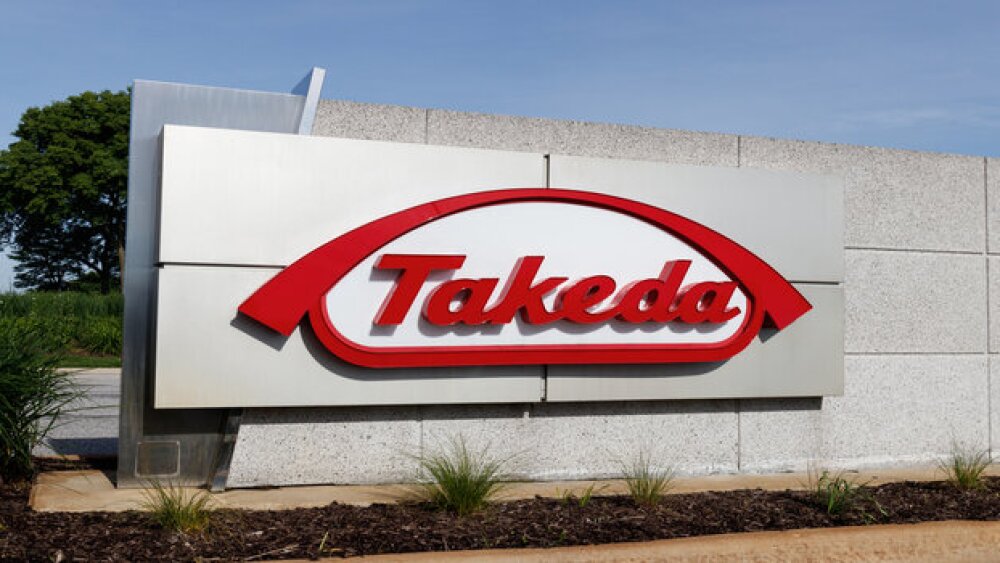BGE-105 (formerly AMG 986) mimics the production of apelin, a peptide that has been found in animal studies to improve muscle regeneration and decrease mouse frailty.
BioAge Co-founder and CEO, Kristen Fortney/Photo Courtesy of BioAge Labs.
BioAge Labs is not content to stand idly by and accept the status quo of aging-related muscle deterioration. The California-based biotech, which closed a $90 million Series C in December to advance its pipeline of drugs that target the molecular causes of aging, on Wednesday announced an exclusive agreement with Amgen to develop and commercialize an APJ agonist aimed at ameliorating muscle aging.
BGE-105 (formerly AMG 986) mimics the production of apelin, a peptide that has been found in animal studies to improve muscle regeneration and decrease mouse frailty.
“We found in our datasets that people who have higher levels of apelin peptide were living longer and were less frail when they were older, and also had improved cognitive function,” said BioAge co-founder and CEO, Kristen Fortney, Ph.D.
The company’s genomics-driven discovery platform is based on human blood samples from healthy middle-aged people going back 50 years. These human aging cohorts, along with BioAge’s overall strategy, help to de-risk drug development in a space inherently at odds with the traditional regulatory landscape.
“This is the low-hanging fruit in the aging space, copying what’s already working in humans by studying humans who are already living really long and living really healthy,” Fortney said. “People always think, how do you even do clinical development? We’re really committing to mechanisms that we think have long-term potential to really improve the healthspan…but along the way, there has to be a very practical model indication where we can get an efficient clinical readout. So there’s a clear-cut regulatory payer commercial strategy.”
Following customary protocol, proving that a drug prevents aging or age-related diseases would, of course, quite literally take a lifetime.
BioAge selects pathways that appear to be close to clinical translation and which already have assets that have been through Phase I and known to hit their target. “Then we can just bring them in and go directly to a severe disease in older people,” Fortney said.
BGE-105 is the third in a series of “big bets” that BioAge has made during the past 12 months. The first one is BGE-117, licensed from Taisho Pharmaceutical Co, , an HIF-PH inhibitor being tested for unexplained anemia of aging, which will be developed for indications related to muscle weakness.
The second is BGE-175, licensed from Shionogi Pharma Inc., a PGD2 DP1 receptor inhibitor being tested in COVID-19 patients. It will ultimately be developed to treat disorders of the aging immune system.
“Your immune system becomes so much more vulnerable as you get older and that’s important every year with the flu. People over the age of 85 are 30-fold more likely to be hospitalized. It’s funny because I used to have to explain the concept of immune aging, but now everybody gets it, because it’s so clear that nearly all the morbidity and mortality in COVID-19 is driven by immune aging,” Fortney said.
BioAge, which very recently initiated phase II trials for their first two clinical programs, BGE-175 and BGE-117, plans to launch a phase I trial for BGE-105 to prove target engagement in the first quarter of 2022. The drug had a tolerable safety profile in a 2019 phase I trial consisting of 198 people.
Under the terms of the agreement, BioAge will give Amgen an upfront payment as well as development and regulatory milestone and royalties based on annual net sales. Amgen will also receive BioAge shares.
When it comes to the aging space, Fortney said that the focus needs to be on the quality of the life being extended:
“In the US, the average lifespan is in the low 80s, but the average health span is only in the low 60s, and that’s when you get your first age-related chronic disease that you then have for the rest of your life. So, there’s a big 20-year gap there where you’re just piling on diseases. It’s a poor quality of life and it’s also expensive for the healthcare system.”






